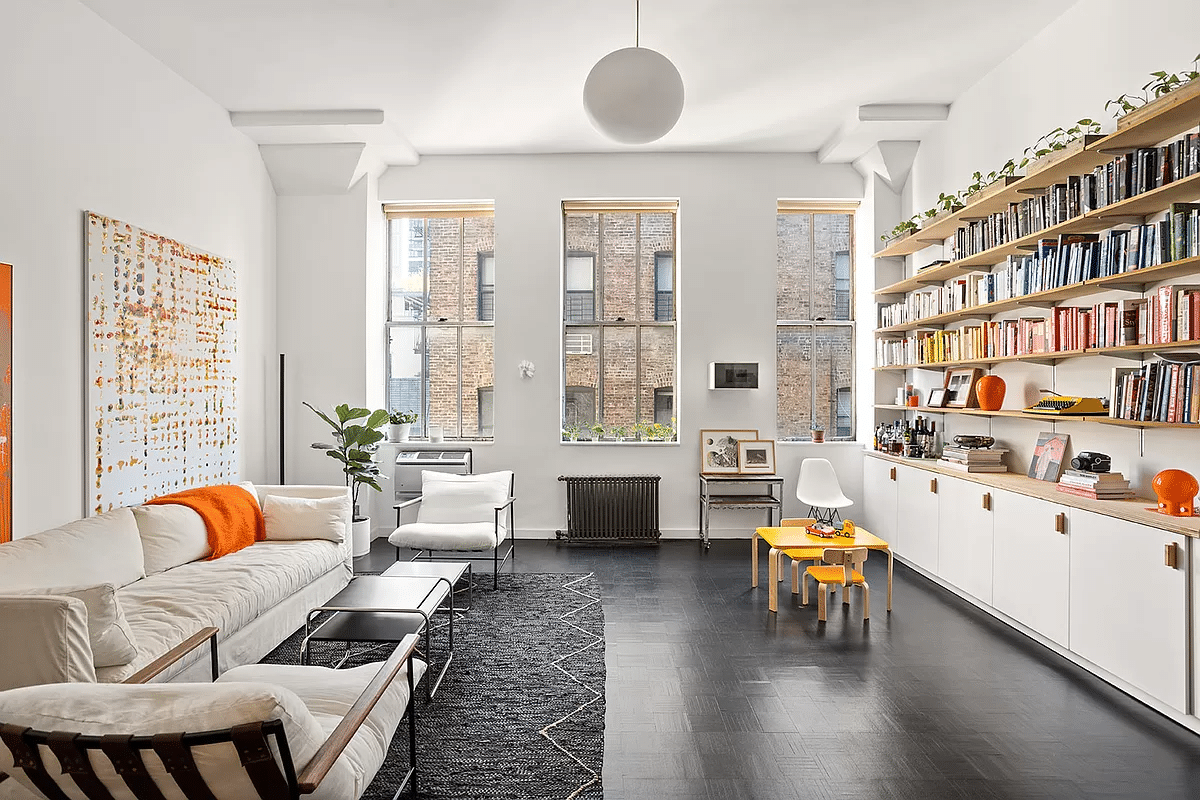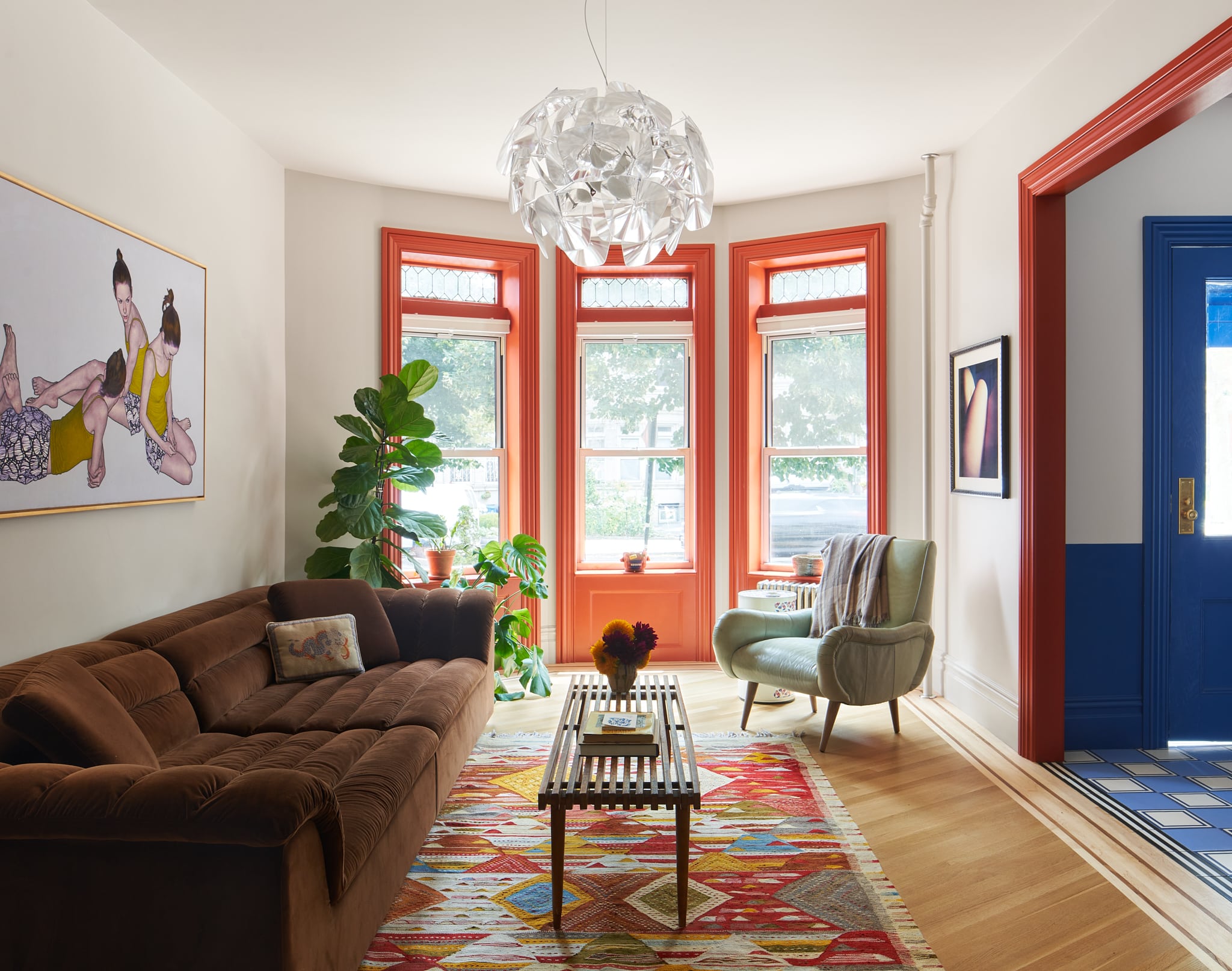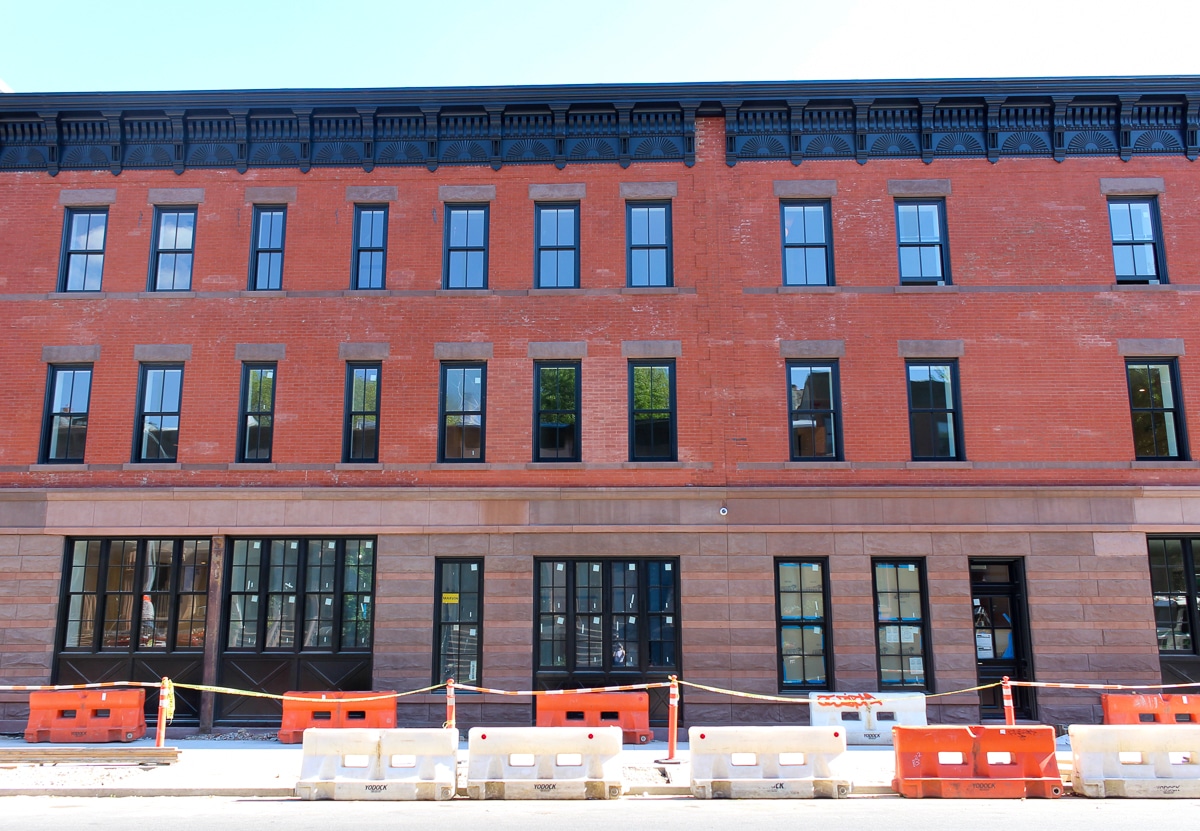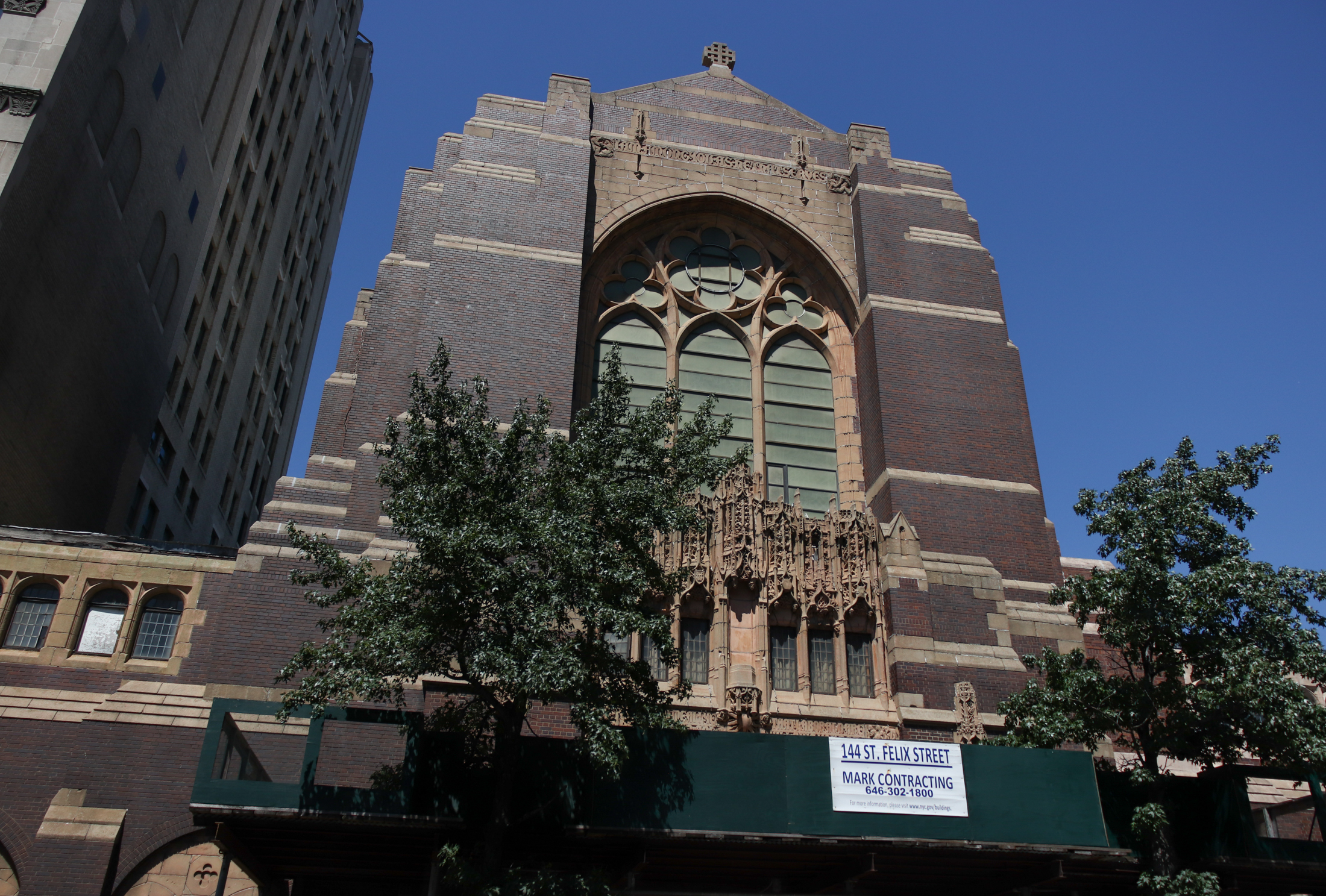Walkabout: Brooklyn’s First Multi-Venue Complex
In 2010, we all have an opinion of the proposed Atlantic Yards Barclays Center, but how many people are aware that Brooklyn already had its own multi-venue sports and social center over a hundred years ago? Fort Greene was home to the Clermont Avenue Rink, one of the most important events places in late 19th-century…

In 2010, we all have an opinion of the proposed Atlantic Yards Barclays Center, but how many people are aware that Brooklyn already had its own multi-venue sports and social center over a hundred years ago? Fort Greene was home to the Clermont Avenue Rink, one of the most important events places in late 19th-century Brooklyn.
The Clermont Avenue Rink was built in 1865 on a huge 26,000-square footprint with frontage on both Clermont and Vanderbilt. It was so well known that the exact address was never published in any of the literature I found for all of the years of its existence; everyone just knew where it was.

From the description, it was on Clermont between Willoughby and DeKalb avenues, just down the street
from the Clermont Armory, which up until the mid-1890s was the home of the 23rd Regiment. The Rink apparently started out as a skating rink, as both roller skating and ice skating were popular recreational sports; there are many images of people skating in Central Park in the 1870s.
The rink would have manufactured its ice the old-fashioned way, with water and cold weather, and would have had other uses during the rest of the year. The Brooklyn Daily Eagle reported in October 1878 that ice skating events, accompanied by the Conterno’s Band, were a part of the rink’s activities.
As for other activities, the Rink had plenty. Both the Republican and Democratic parties held large rallies in the space, which was used as a speaking venue for candidates for local, state and national office, and for strategy sessions and rallies.
The Republicans, who were the dominant party throughout much of the late 19th century, were especially active here. One such event in 1888 caused the Eagle to say, “All elements, from the silk stockings of Clinton and Washington avenues, to the hardy sons of Myrtle and Flushing avenues were represented.” The rink was also home to many religious events and rallies of the day.
The famous evangelist Dwight L. Moody preached there, Baptists held their annual conventions there, other denominations had services there, and both Catholics and Jews used the rink for lectures and charitable events.

All kinds of balls and dances were held at the Clermont Rink. The titles and descriptions in the Eagle have a far different meaning now than they did then, so the events are now unintentionally very funny. Here are some examples: July 1979, a ball for the Tammany Pleasure Club.
The hall was decorated with fabrics and bunting, and four bars with beer were on the premises. In 1889, the first annual Grocer’s Dance, where “a gay scene took place in the Clermont Avenue Rink…never before in the place were there such pretty girls, more handsome men, and more money spent.”
1889 also saw the 19th Annual Ball of the Coach Drivers Benevolent Association, where “within, the knights of the rein and whip were cutting high jinks.” In February of ’89, the “Merry Germans” partied at the Ball of the Brooklyn Schuetzen Corp.

My favorite is the Ball for the Ancient Order of Foresters of America, held in 1890. Apparently there were three branches of the order, the “Ancient Order of Shepherds, the Knights of Sherwood Forest, and the Companions of the Forest.” That one must have been something to see.
As the last decade of the 19th century progressed, many more events were held at the rink. The largest and most popular were trade shows like the United Retail Grocery’s Food and Health Exposition, first held in 1892, the National Grayhound Club’s annual dog show, a very popular show called Black America (think plantations, singing, dancing, etc.) and of course, sporting events.
In 1888, five female cyclists completed a hundred-mile race, where “they made a very pretty picture whirling around in their highly polished machines.”

Bicycling parties were very popular, with people circling the rink to the music of live bands, and refreshments available. Indoor track events were popular as well, but nothing drew more crowds before 1896 than boxing. The famous boxer John L. Sullivan fought bare-fisted here, as did many amateur and professional fighters.
The biggest change for the rink happened in 1896, when the St. Nicholas Ice Company of Manhattan installed one of the first artificial ice rinks in the country here.
Eleven miles of pipes were run under the floor to accommodate the ammonia that was released over a special salted slurry mix of water piped into the space. This created a smooth six-inch bed of ice that was not dependent on the weather, and the rink became more popular than ever.
The inauguration of this new ice palace was heralded by an immense ball given by the upper-class Brooklyn Skating Club in December of 1896. Over 2,000 people attended, and members of the club were able to enjoy private locker rooms, with a smoking room for the men, and a women’s changing room with maid service. A second-floor glassed-in gallery overlooked the rink, so spectators could watch in comfort. A famous professional ice skater from Canada was hired to demonstrate and teach aspiring skaters.
With the new rink came new teams and a new sport: ice polo, also called hockey. Brooklyn had several home teams that played here, including the Crescent Athletic Club, the upper-class athletic club that played teams from New Jersey, Yale, Columbia, other colleges and other local teams. The popularity of these sports continued until World War I.
So where is the rink now? According to the New York Times, the “shifting of population and transportation centers in Brooklyn spelled the doom of the hall.”
In 1927, the Rink was sold at public auction for $65,750, and in 1929, the vast building was torn down, destroyed for a one-story garage that covered the entire area. Today, nothing remains of the Clermont Avenue Rink, or the Crescent Athletic Club, the Ancient Order of Foresters, or the Tammany Pleasure Club.
They are all gone, and mostly forgotten. It must have been some place. Barclays – you wish. GMAP
(Originally posted 02/04/10) Above photograph: Brooklyn Public Library.










What's Your Take? Leave a Comment